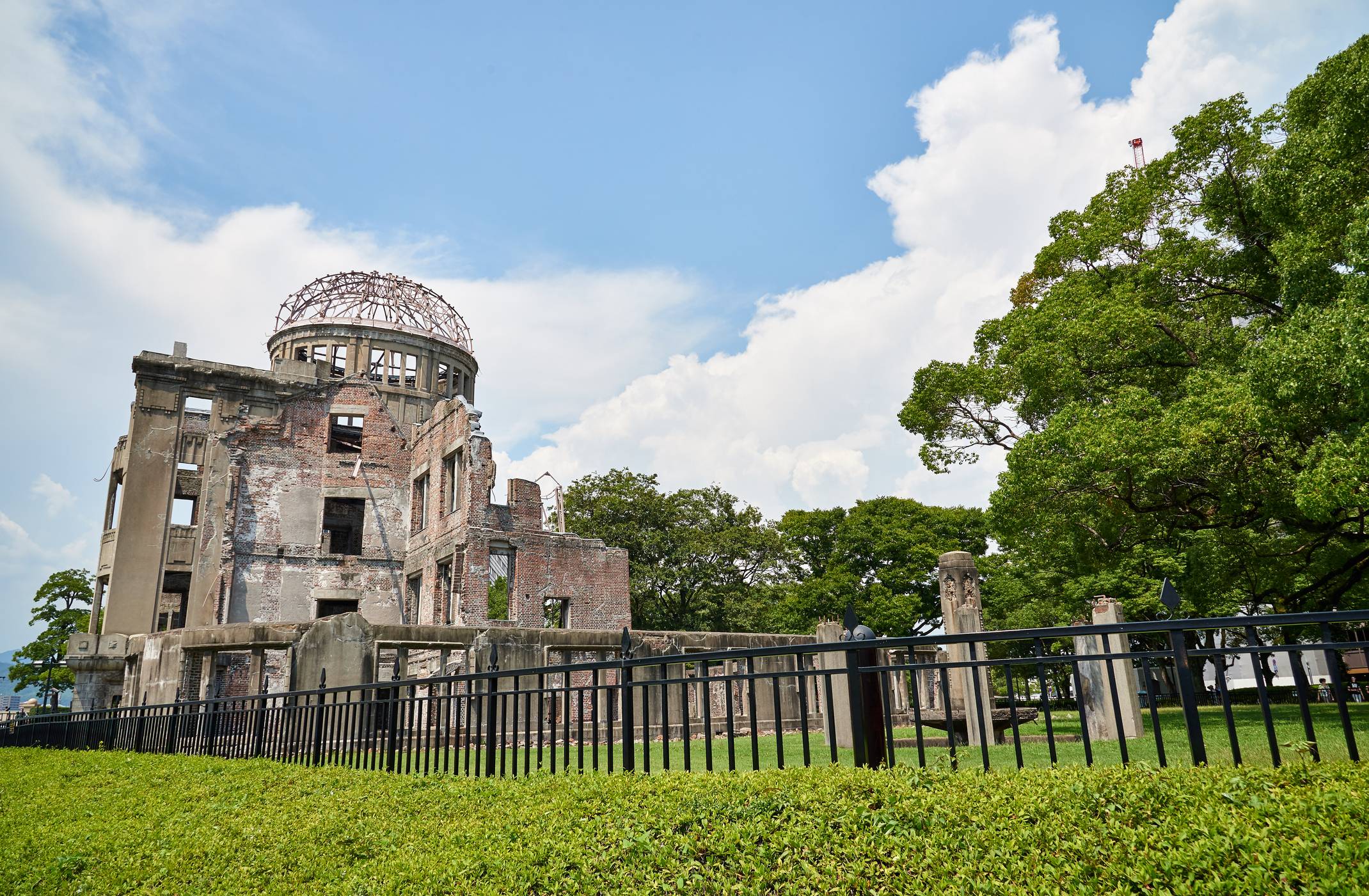Two terms that frequently pop up in the news in Japan are 原子力 (genshiryoku, nuclear energy) and 原子力発電所 (genshiryoku hatsuden-sho, nuclear power plants). That’s mostly because of the long-lasting effects of the 東日本大震災 (Higashi Nihon Daishinsai, Great East Japan Earthquake), which officially claimed nearly 20,000 lives and resulted in the 福島第一原発事故 (Fukushima Dai-ichi genpatsu jiko, Fukushima No. 1 nuclear accident) of 2011.
Thus, the topic of 原発 (genpatsu, nuclear power plants) is always going to find its way back to the national stage. Recently, it has returned as part of the discussion of the soaring rise of 光熱費 (kōnetsu-hi, electricity and heating costs) in homes across the country. In fact, a recent TBS news item declared, 6月電気代「5年間で最も高い」 (Roku-gatsu denki-dai “go-nenkan de mottomo takai,” June’s electricity bills are “the highest in five years”), and this has fueled a renewed appetite for 原子力.
We’ve also seen nuclear terms in the news in reporting on the Russian invasion of Ukraine, first as Russian forces marched past チョルノービリ (Chorunōbiri, Chernobyl) and then last week when Russian Foreign Minister Sergei Lavrov mentioned the risk of 核戦争 (kakusensō, nuclear war) amid the conflict.



















With your current subscription plan you can comment on stories. However, before writing your first comment, please create a display name in the Profile section of your subscriber account page.